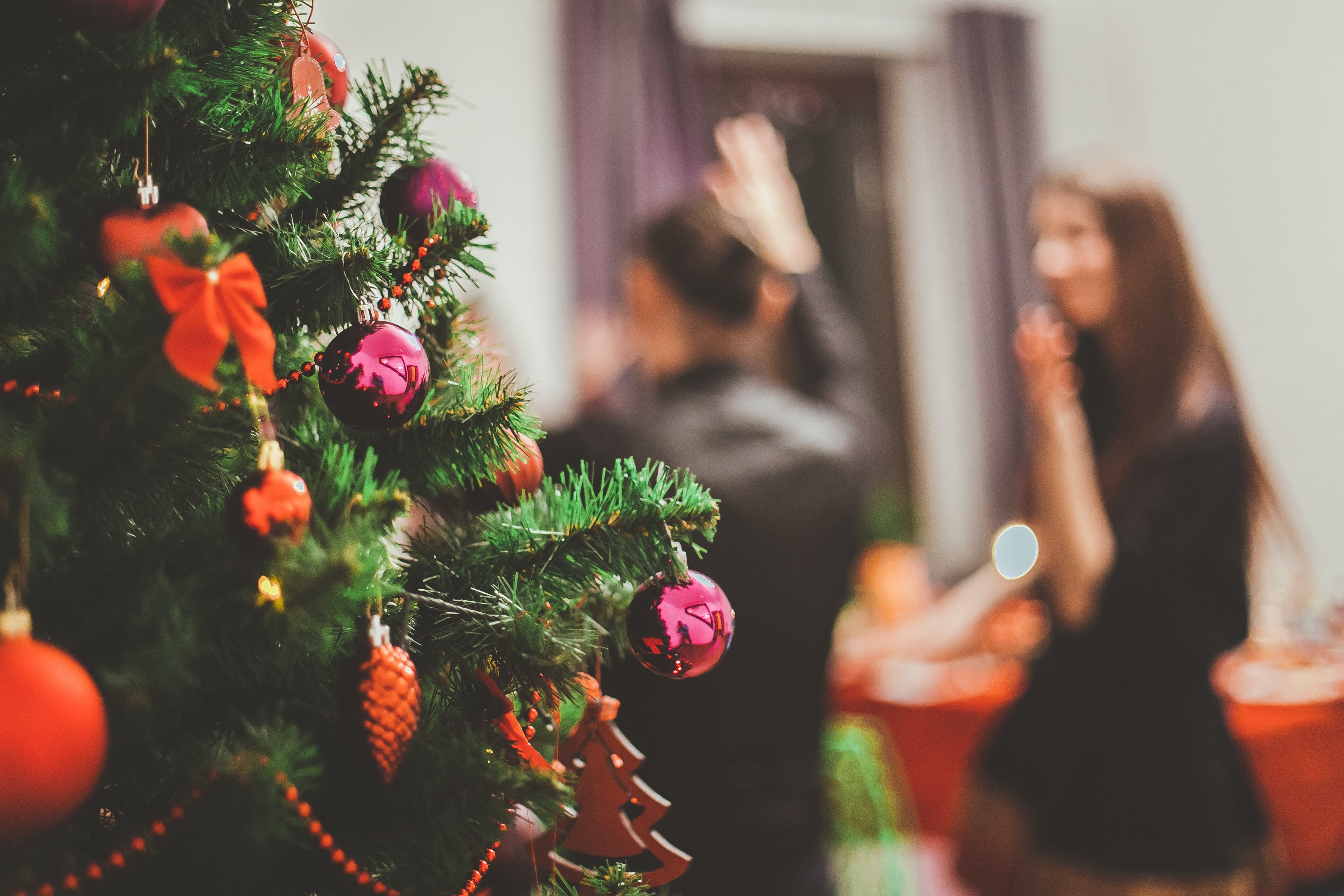Clients with Emetophobia: Facing the Festive Season
-
-
Anna S. Christie
Family feasts, large social gatherings, travel arrangements, lurking germs… For individuals with a fear of vomiting, the festive season can feel like a stocking full of trigger points, prompting heightened anxiety, panic attacks, safety behaviours and avoidance. Anna S. Christie, psychotherapist and leading emetophobia specialist, offers a brief introduction to this debilitating condition – and shares eight challenges that our clients with emetophobia may be facing in the run up to the winter holiday.

Emetophobia, the fear of vomiting, may involve fearing nausea and vomiting oneself, and/or being near someone else who is nauseous or vomiting. Anxiety can easily rise to a ‘full-blown panic attack’. This leads the person with emetophobia to either avoid the activity (normally a family gathering) or to employ a variety of safety behaviours such as taking medications or various forms of ginger or peppermint, sipping water or pop, pacing, lying down alone and so on.
There is no quick-fix, thus no ‘tips and tricks’ for supporting clients with emetophobia through difficult times. But it does help for therapists to have an appreciation of the many intense challenges the winter holiday period can pose – challenges that may not be readily apparent, especially if we do not have lived experience of emetophobia ourselves.
Here are eight things to understand about our clients with emetophobia during this festive time:
- October to April is the time of year when viruses are more prevalent in the community. This is especially true of norovirus (also known as tummy bugs, winter vomiting virus, etc.). People with emetophobia are on high alert during these months.
- During the holidays, families gather with many excited children. Even if your client doesn’t have children they may be ‘forced’ to gather with other people with kids. Children vomit more easily and more often than adults. They’ve also been eating sweets and puddings, perhaps to excess, and running around. Parents are also more likely to bring sick kids out during holiday time.
- During the holidays, it’s not just the kids who overeat. People then groan, hold their tummies and say they ate too much. This frightens the person with emetophobia on a number of levels.
- In the festive season, people with emetophobia are often made to eat at homes where someone else cooks. They will watch the host’s hygiene and cooking methods in the kitchen and by mealtime may be too anxious to eat if they see something they don’t like.
- As well as eating together, many emetophobics will travel for family gatherings and stay overnight. All modes of travel are difficult because of possible motion sickness. People with emetophobia generally feel calm only in their own home. They may lay awake all night listening for someone to vomit. They often have to share toilets as well which they really hate.
- All people with phobia feel trapped when it’s not socially acceptable to get up and leave. During holidays this can be during a meal, opening gifts or playing games with family. Some people with emetophobia have symptoms of social phobia as well and the thought that goes through their head is “what if I’m sick right here”.
- Eating is difficult in many ways with emetophobia: in general, eating very much, or eating certain foods. As a result some patients are underweight. Well-meaning family members may make comments, incorrectly diagnose them with anorexia nervosa, or try to ‘encourage’ them to eat more. This can be embarrassing and stressful.
- Finally, the holidays are always a time of family stress. Stress raises the level of anxiety in any person who struggles with it. In families with obvious tension or poor functioning the stress is even worse.
Treating emetophobia is a long process which begins with exposure and response prevention. The patient eventually must give up their avoidance and safety behaviours and begin to live life more normally. It can take years of living with arising anxiety but having the feared experiences anyway before the phobia is totally resolved. If they are far enough along in the exposure process to go to family gatherings to purposely practice being anxious but taking part in everything, that’s great. If not, there will always be next year.